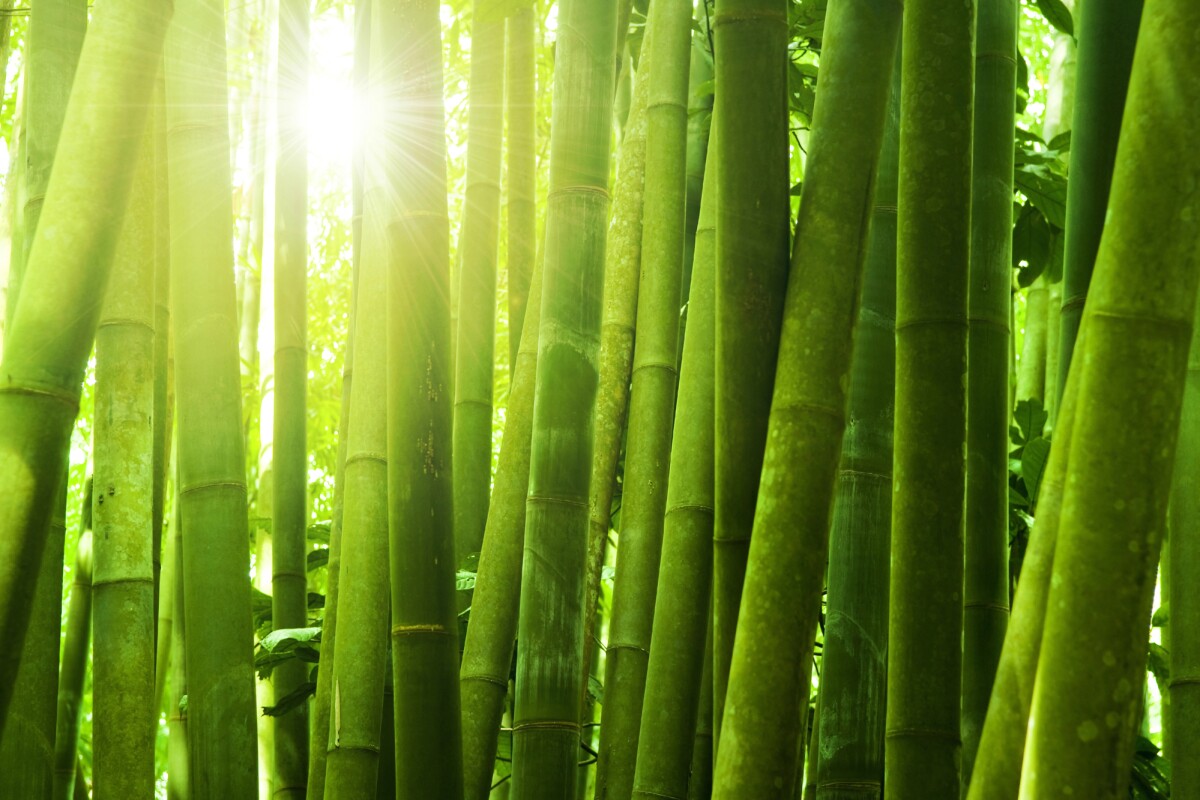
This actually could be huge. glass has drawbacks we could do without and plexiglass is limited as well. Can this product be much better?
Glass has a real melt cost and that may work in this products favor. it is allso lonng overdue to be displaced by something better.
All good and hopefully we see it in volume.
Transparent bamboo: A fireproof and waterproof alternative to glass
May 15, 2024
Scientists have developed transparent bamboo that's also water- and fire-resistant
https://newatlas.com/materials/transparent-bamboo-fireproof-waterproof/?
Glass might soon have some competition from an unlikely rival – bamboo. Scientists in China have turned regular old bamboo into a transparent material that’s also resistant to fire and water, and suppresses smoke.
Silica glass, made from sand, is still the go-to building material when you need something transparent but strong, like windows. But it’s not particularly sustainable, and can be heavy and brittle.
Transparent wood has actually been muscling in on glass’s turf for a few years now. Scientists chemically remove the lignin from the wood fibers, then treat the remaining material with plexiglass or epoxy. The end result is a material that’s transparent, renewable, and as strong as or stronger than glass, while being lighter and a better thermal insulator.
There are still a few problems with using wood though. It’s way more flammable than glass, and already in high demand, with stocks taking too long to replenish. So for the new study, researchers at Central South University of Forestry and Technology (CSUFT) in China turned to bamboo instead.
“Bamboo, often referred to as ‘the second forest,' boasts a fast growth and regeneration rate, allowing it to reach maturity and be utilized as a building material within four to seven years of growth,” said Caichao Wan, corresponding author of the study. “With an output four times higher than wood per acre, bamboo is recognized for its exceptional efficiency.”
Bamboo’s internal structure and chemical composition is very similar to wood, so the team used the same method to turn it transparent. After the lignin is removed, the bamboo is infused with an inorganic liquid sodium silicate, which changes the light refraction of the fibers to make it clear. Then, it’s treated to make the material hydrophobic, or water-repelling.
A diagram illustrating the transparent bamboo's properties
Research journal
The end result is a three-layered structure – silane on the top, silicon dioxide in the middle, and sodium silicate on the bottom. The bamboo is transparent, with a light transmittance of 71.6%, flame retardant, water-repellent, and blocked smoke and carbon monoxide. Mechanically, it boasts a bending modulus of 7.6 GPa and a tensile modulus of 6.7 GPa.
Not only could this transparent bamboo be used as a building material, but when used as a substrate for perovskite solar cells, it acted like a light management layer. That boosted the cells’ power conversion efficiency by 15.29%.
“In the future research, we will focus on the large-scale fabrication and multi-functionalization of this transparent bamboo,” said Wan.
No comments:
Post a Comment